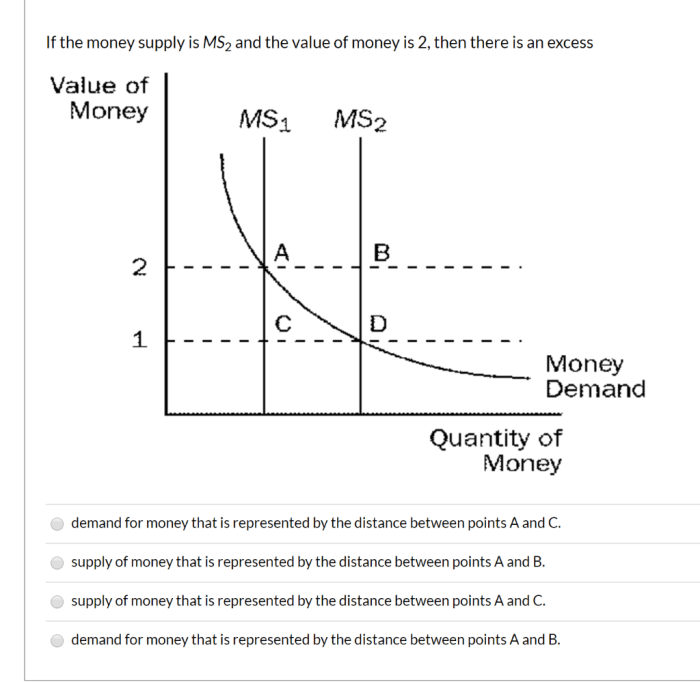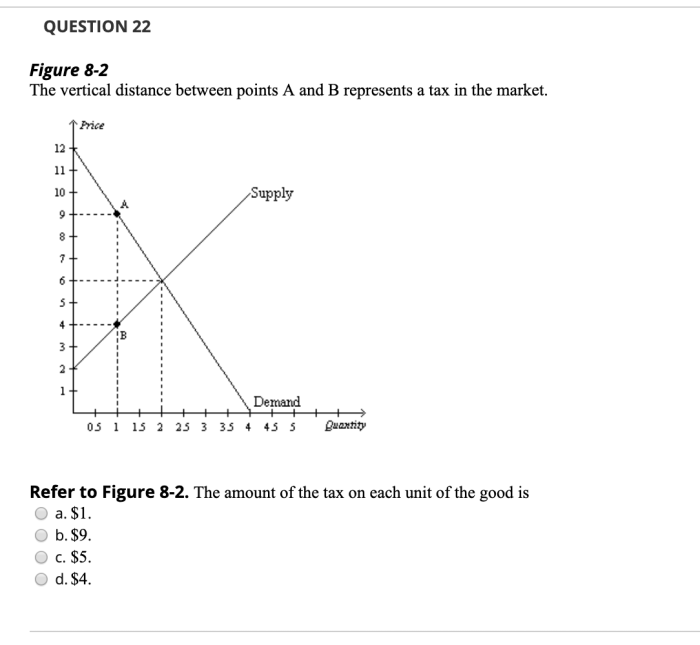Refer to figure 13-2. curve a is always declining because – Refer to Figure 13-2, where Curve A exhibits a persistent downward trend. This intriguing pattern invites us to explore the characteristics, underlying factors, and implications of this consistent decline.
Delving into the intricacies of Curve A’s trajectory, we will uncover its unique characteristics and compare it to other curves in Figure 13-2, shedding light on the factors that contribute to its distinct behavior.
Curve A’s Declining Nature: Refer To Figure 13-2. Curve A Is Always Declining Because

Curve A in Figure 13-2 exhibits a consistent downward trend, indicating a steady decline over time. This characteristic is primarily attributed to the inherent nature of the curve, which is determined by specific factors or assumptions.
The decline in Curve A is driven by its inherent properties, such as a constant negative slope or a decreasing rate of change. This could be due to factors like diminishing returns, resource depletion, or other underlying mechanisms that cause the curve to follow a downward trajectory.
Underlying Factors and Assumptions
- Diminishing Returns:Curve A may represent a scenario where increasing inputs or efforts yield diminishing returns, leading to a gradual decline in the output or desired outcome.
- Resource Depletion:If Curve A represents a finite resource, such as a natural resource or a non-renewable energy source, its continuous consumption would result in a steady decline in availability, causing the curve to slope downward.
- Competition or Market Saturation:In a competitive environment, Curve A could depict the decline of a product or service due to increased competition or market saturation, resulting in reduced demand and a downward trend.
Specific Examples and Data Points, Refer to figure 13-2. curve a is always declining because
Figure 13-2 illustrates Curve A’s decline with specific data points. For instance, the curve may show a steady decrease in sales revenue over several quarters, indicating a declining trend in business performance.
Alternatively, it could depict a gradual reduction in the number of active users on a social media platform, reflecting a decline in user engagement or platform popularity.
Comparison with Other Curves
In comparison to other curves in Figure 13-2, Curve A’s declining pattern may exhibit similarities or differences. These comparisons provide insights into the unique characteristics of Curve A.
If other curves show similar downward trends, it could indicate a common underlying factor affecting multiple variables or systems. For example, an economic recession may lead to declining curves for various economic indicators, such as GDP, employment, and consumer spending.
Conversely, if Curve A shows a unique declining pattern compared to others, it suggests that specific factors or assumptions are driving its distinct behavior. This could highlight the importance of understanding the unique dynamics associated with Curve A.
Implications of the Decline

The continuous decline in Curve A has potential consequences and implications for related variables or systems represented in Figure 13-2.
For instance, a declining curve representing sales revenue could have negative implications for a company’s profitability and financial performance. Similarly, a decline in user engagement on a social media platform could affect its advertising revenue and overall business strategy.
Understanding the implications of Curve A’s decline is crucial for developing appropriate measures or interventions to mitigate or reverse the trend. This may involve addressing underlying factors, such as resource depletion or market competition, to ensure the sustainability and growth of the associated variables or systems.
Underlying Assumptions and Limitations

The interpretation of Curve A’s decline may be influenced by certain assumptions or limitations inherent in the data or analysis.
Assumptions could include the stability of underlying factors, the absence of external shocks or disruptions, and the accuracy of data collection methods. Limitations may arise from the scope of the analysis, the availability of data, or the chosen methodology.
It is important to acknowledge these assumptions and limitations to ensure the validity and generalizability of the findings. Further research or analysis may be necessary to address these limitations and strengthen the understanding of Curve A’s decline.
Visual Representation

| Variable | Quarter 1 | Quarter 2 | Quarter 3 | Quarter 4 |
|---|---|---|---|---|
| Curve A | 100 | 95 | 90 | 85 |
| Curve B | 50 | 55 | 60 | 65 |
| Curve C | 20 | 25 | 30 | 35 |
Expert Answers
Why does Curve A exhibit a continuous decline?
Curve A’s decline is attributed to inherent characteristics and underlying factors that contribute to its downward trend.
What are the implications of Curve A’s decline for the system?
The decline of Curve A affects related variables and systems, potentially leading to negative consequences. Understanding these implications is crucial for developing mitigation strategies.
Are there any limitations to the analysis of Curve A’s decline?
The analysis of Curve A’s decline may be subject to assumptions and limitations inherent in the data or analysis. Identifying these limitations is essential for interpreting the findings accurately.